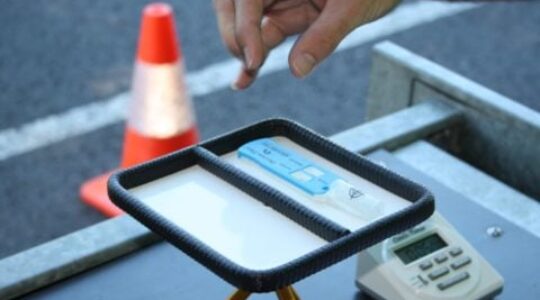Queensland schools have scored an extra $2.8 billion in federal funding over the next 10 years.
The agreement with the State Government as part of the Better and Fairer Schools Agreement, means the Commonwealth will provide an additional five percent of funding to Queensland, lifting the federal contribution from 20 percent to 25 percent by 2034.
Queensland is the last state to sign the Agreement.
Queensland Premier David Crisafulli said they were proud to have secured the biggest funding boost ever delivered to Queensland state schools.
“This funding will give our students a world-class education and the support needed to succeed,” Mr Crisafulli said.
Prime Minister Anthony Albanese said the funding was about investing in real reform.
“Every dollar of this funding will go into helping children learn and participate in school.”
As part of the agreement, Queensland will remove the provision allowing claims of four percent of state school funding for indirect school costs such as capital depreciation and replace it with four percent of recurrent funding on eligible expenses.
The Commonwealth funding will be tied to the reforms needed to lift education standards across the country, including more individualised support for students.
The Agreement signed today will be followed by a Queensland Bilateral Agreement, which will tie funding to reforms that will help students catch up, keep up and finish school, such as:
- Year 1 phonics and early years of schooling numeracy checks to identify students in the early years of school who need additional help.
- Evidence-based teaching and target and intensive supports such as small-group or catch-up tutoring to help students who fall behind.
- Initiatives that support wellbeing for learning – including greater access to health professionals.
- Access to high-quality and evidence-based professional learning.
Initiatives that improve the attraction and retention of teachers and reduce teacher and school leader workload.
- In addition to these reforms, the agreements have targets, including that by 2030 the proportion of students finishing high school will be the highest it has ever been. Other targets include:
- Reducing the proportion of students in the NAPLAN “Needs Additional Support’ proficiency level for reading and numeracy by 10 percent.
- Increasing the proportion of students in the “Strong” and “Exceeding proficiency levels for reading and numeracy by 10 per cent by 2030 and trend upwards for priority equity cohorts in the “Strong” and “Exceeding” proficiency levels.
- Increasing the Student Attendance Rate, nationally, to 91.4 percent (2019 level) by 2030.
- Increasing the engagement rate (completed or still enrolled) of initial teacher education students by 10 percentage points to 69.7 percent by 2035.
- Increasing the proportion of students leaving school with a Year 12 certificate by 7.5 percentage points (nationally) by 2030.
This means more help for students and more support for teachers.








